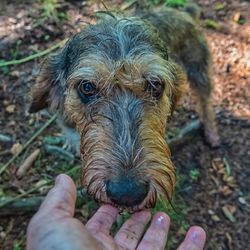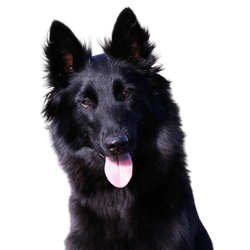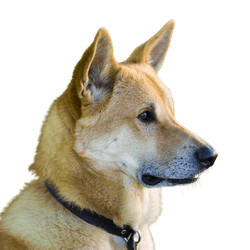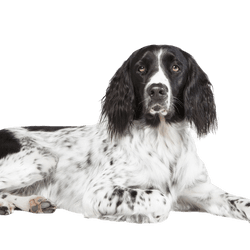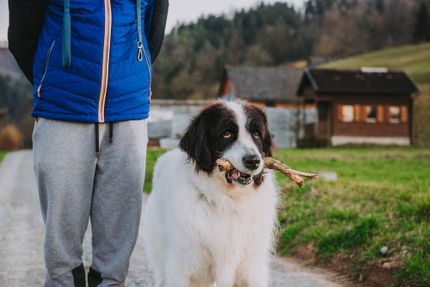
English setter Breed description: Character & Co
English setter
Facts & Origin
What is the origin of English Setter?
The ancestors of the English Setter are believed by cynologists to be bird dogs, which already existed in the Middle Ages. They were used centuries ago for hunting feathered game. The pointer also played its part in the creation of the breed. Sir Edward Laverack goes down in the history books as one of the pioneers in English Setter breeding. He selected the most powerful representatives of the breed over decades and presented the dogs for the first time in 1860 under the name valid today. Already in 1873 the recognition by the British Kennel Club took place.




| Alternate Name | English Setter |
| Origin | UK |
| Life expectancy | 10 - 12 years |
| Care requirements | high-maintenance |
| Activity level | average |
| FCI group | British and Irish Pointers and Setters |
| AKC group | Sporting Group |
| KC group | Gundog Group |
Attitude, character and temperament of the breed
What are typical character traits of English Setter?
The English Setter is a passionate hunter who needs clear rules. If you let the reins slip during training, your four-legged friend may want to assert his stubbornness. It is especially important to train the retrieveability from the beginning. The English Setter temperament also characterizes his urge to move. The breed is best suited for you if you enjoy sports and spending time in nature. Since the breed is the most social of all hunting dogs, they have gained a following among families in recent years. They love to romp around the yard with children and are always up for a game. They also get along well with other dogs of their own species. At home he is a pleasant contemporary, provided you offer him daily exercise. Tracking games and mantrailing keep the animal's clever mind busy.
Character
Usage
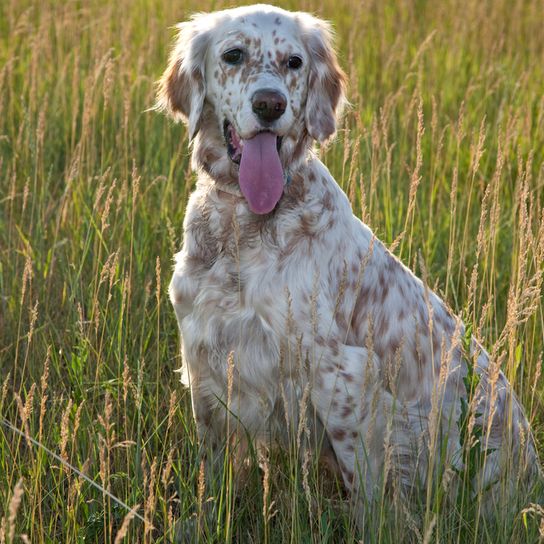
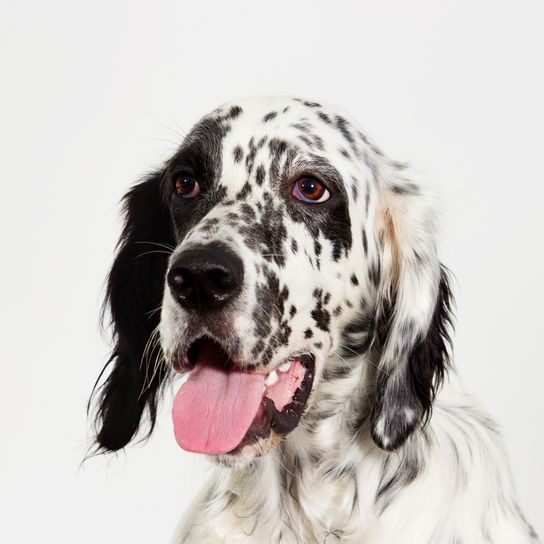



Health and breeding information
What are typical diseases of English Setters?
Like many other dog breeds with hanging ears, the English Setter also suffers from ear problems: Especially after spending time in water, yeast fungi that love moist environments multiply. Eventually an inflammation occurs, which the animal indicates by shaking its head and scratching. To prevent this from happening, it is better to clean your pet's ears regularly. The best way to do this is to use special products from the vet and a soft cloth.
In addition the following breed-typical illnesses are to be noticed:
- congenital deafness
- hip dysplasia
- thyroid disease
- elbow dyplasia
- Allergies against food
- CLAD: genetically determined immune deficiency
- Progressive retinal atrophy (retinal detachment)
- Cancer (mainly from the age of 10 years)
English Setter breeding - where, how, what?
If you want to buy an English Setter, it is best to contact a responsible breeder. Information about litters can be found at the Austrian Setter Club. Animals approved for breeding by the club are subject to strict conditions: Among other things, x-ray examinations are carried out to exclude hereditary hip dysplasia as well as further genetic tests. Before you decide on an English Setter puppy, ask to see the pedigree and make sure you have a pedigree certificate. Reputable breeders also emphasize early socialization. This will come in handy later when you attend puppy school with your new roommate. A breeding puppy of the English Setter costs about 1000Euro.


What are the breed characteristics of English Setter?
Sporty-elegant is the appearance of the English Setter. The strong dog is characterized by its balanced proportions. He looks attentively at you from his hazel-colored large eyes. The low set, medium length floppy ears are also a trademark. The dense feathering on the hind legs almost makes it look like the dog is wearing pants. The coat is also long on the forelegs. The breed is a pointing dog like in the book: As soon as he discovers something exciting, he stops as if frozen and gives the front paw.
Appearance and coat of the English Setter
The body of your four-legged friend is covered with medium-long, silky hair. Some English Setters are motley: The base color is always white, but markings in various shapes such as spots or patches are allowed. Here are the most common color variations:
- tricolor - three-colored
- blue-belton - black and white
- liver-belton - white with liver colours
- orange-belton - white with orange
The term Belton originates from the founder of the breed Edward Laverack: he gave the name of his hometown to the markings. It is interesting to know that the typical pattern of the breed develops only two weeks after birth. It takes one and a half to two years until the final pattern is visible. Regular brushing of your pet pays off: especially in the long coat on the legs, burrs and small twigs often get caught when walking in nature.
How tall is the English Setter?
- Bitches: 61 to 65 centimetres
- Males: 65 to 68 centimeters
How much does an English Setter weigh?
English Setters weigh 25 to 30 kilograms.
How old does an English Setter become?
On average, English Setters live from 11 to 13 years.
| Fur length | long |
| Fur | flat coated |
| Ear shape | Floppy Ear |
| Tail | fanned out |
| Anatomy | strong |
| Size ♀ | 61 - 65 cm |
| Weight ♀ | 20 - 32 kg |
| Size ♂ | 65 - 68 cm |
| Weight ♂ | 30 - 40 kg |
| Suitable For | - |
Colors



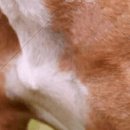



Known Diseases
Hip dysplasia (HD)
The hip dysplasia or hip joint dysplasia of the dog (HD) is a maldevelopment of the hip joint.
Allergies
Can occur in a number of breeds, regardless of genetic makeup.
Elbow dysplasia (ED)
Elbow joint dysplasia is a chronic disease complex of the elbow joint of fast growing dog breeds.
Cancer
May be common in older dogs.
Progressive Retinal Atrophy (PRA)
Progressive retinal atrophy (PRA) is a slowly progressive death of the retina in dogs.
Hypothyroidism
Most often, dogs get sick in middle age. Causes of hypothyroidism. Several causes of hypothyroidism are known.
Numbness
Often occurs in old age.
Other large dogs
Useful Articles
You can find articles that might interest you in the dogbible blog to match your favorite breed.
Visit our magazineto stay up to date on dog trends.
To find out more, view our Privacy Policy
Find here the breed that suits you and find out what character traits it has. Here you can also learn more about the origin, size and weight of your favorite breeds.
Matching your favorite breed, you'll find articles that might interest you on the dogbible dog blog.
Bach flowers for dogs - an overview and tips
KONG for the dog - the allround toy


